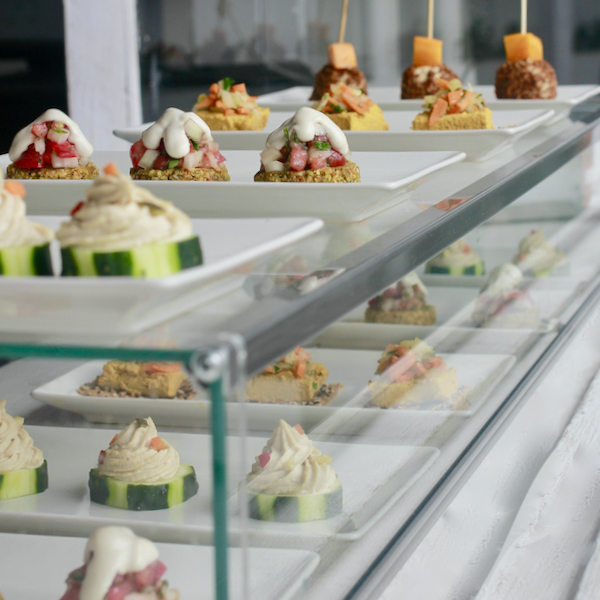
How familiar are you with ultra-processed foods? They are foods that after so much processing become unrecognizable. You sure have a favorite one. Strawberry flavored yogurts, crunchy breakfast cereals, chocolate (?) filled cookies or state-of-the-art vegan burgers to name a few. According to the Netherlands study by Foodwatch, 70% of the food you can find on supermarket shelves are highly processed or ultra-processed products.
To make them, basically, you put the ingredients in a giant blender, make a paste with them and then give them the shape they need to make them look like cereals, cookies, hot dogs … or whatever the industry that makes them wants. During the processing, colorants, aromas, preservatives are added and voilà, we obtain something with a recognizable shape, flavor and color. Ultra-processed foods can be organic, vegan, gluten-free, lactose-free, or whatever-free … to sell them better. We are talking about food engineering.
Ultra-processed products taste and smell like the added aromas they contain. As the base mix (yogurt, hamburger, etc.) is usually tasteless it is necessary to use artificial flavors. This is quite concerning because of how it disturbs our taste for food. Some time ago we wrote a post about added aromas and their impact on the taste of food. You can read it here.

Group of scientists looking at a giant lime slice. Paper Boat Creative
Alerts about the danger of eating ultra-processed foods are on the rise. And studies confirming its impact on health are increasingly clear: avoid processed foods as much as possible and eat fresh, unprocessed food, cooked as lightly as possible. We suggest you use a good food guide as a reference. We like Canada’s Eat Well Guide. In addition to recommending staying away from ultra-processed foods, it returns common sense to the weekly shopping and our meals planning. If you want to do yourself a favor, download it, use it and share it.
To accompany such good intentions we bring you a wild mushrooms recipe, well, well away from the world of processed foods. Black Trumpets (Craterellus cornucopioides) are one of the stars of wild mushrooms. Very aromatic, with a woody and deep flavor, they gain in nuances when dried, which allows us to enjoy it all year round. Also known as the truffle of the poor for its fine flavor, they are ideal when very lightly cooked, without garlic or other strong ingredients.
In our Beans with Black Trumpets we combine a base of red onion with sage and mushrooms to create a background of forest aromas with a dash of vegetable freshness. The beans poached in the mushroom broth give the dish a creamy palate. Minced walnut and fresh sage sharpen the flavors around the mysterious aroma of black trumpets.
When eating these trumpets with sage, if you close your eyes, you may mentally travel to an idealized forest, a dream forest, or simply to your favorite forest. Frankly, we can’t wish you better.
- 50 gr of dehydrated black trumpets
- 600 gr of cooked white beans, washed and drained
- 1 medium red onion
- 1 bunch of fresh sage
- 2 tablespoons shelled walnuts
- 4 tablespoons extra virgin olive oil
- Black pepper
- Sea salt
- Wash the mushrooms thoroughly and soak overnight. Strain the mushrooms and reserve a cup of the soaking water.
- In a medium saucepan, heat the olive oil over medium heat and sauté the onion, cut into small cubes until it is translucent.
- Add half of the sage leaves and the trumpets. Turn up the heat and sauté for three to four minutes.
- Reserve some sage leaves and several mushrooms to decorate and add the beans and a cup of the mushroom water. Cook covered over low heat for about five minutes.
- In a mortar, chop the walnuts with the other half of the sage leaves and a pinch of salt. Add the mince to the casserole, stir well and cook for 5 minutes. Before serving, season, taste and rectify if necessary.
- To serve, plate the four portions and decorate the plates with the reserved black trumpets and sage leaves.
The style of the dish is that of a wet but not too soupy bean stew. If you prefer, use twice as much soaking water / broth to serve a more soupy dish.
If you cook the beans at home, use the remaining soaking water from the mushrooms to cook them. The result is even more aromatic.











Leave a Reply